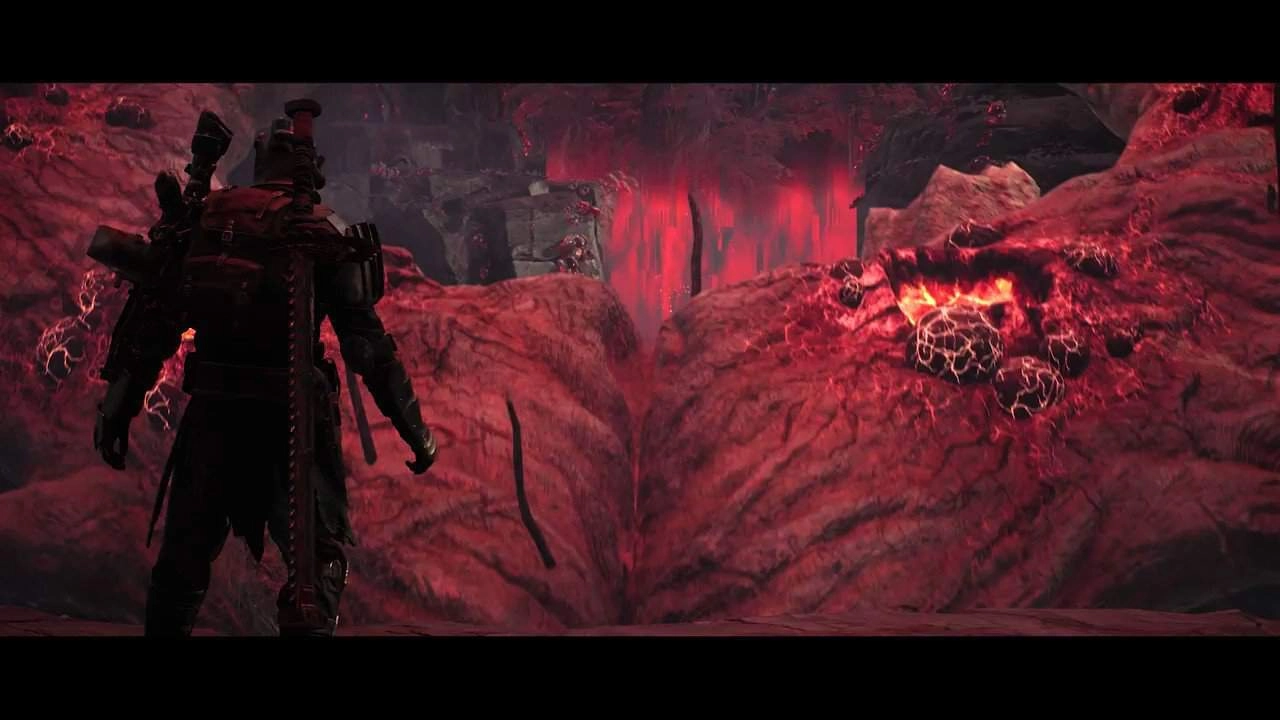| Please Wait Loading ..... |
 |

In the gaming world, guilds play a crucial role in fostering a sense of community and camaraderie among players. A well-established guild can be a source of joy, growth, and achievement for its members. However, just like any living entity, guilds can suffer from an insidious ailment known as "Root Rot." In this article, we delve into the phenomenon of Root Rot, its symptoms, and most importantly, how to cure it to restore a thriving gaming guild.
Root Rot is a metaphorical term used to describe the gradual decline of a game guild due to underlying issues. These issues may include lack of communication, member inactivity, internal conflicts, or a decline in overall guild engagement. Left untreated, Root Rot can lead to the eventual disintegration of the guild and the loss of valuable community connections.
Detecting Root Rot early on is essential to address the problem before it spirals out of control. Some common symptoms include decreased member participation in guild activities, a rise in negativity or toxicity among members, declining recruitment, and reduced overall enthusiasm for the game and the guild.
The consequences of Root Rot can be severe. As engagement declines, guild members may start feeling disconnected, leading to more inactivity and a vicious cycle of decline. Root Rot can also affect the guild's reputation, making it less appealing to potential new members, resulting in a diminished sense of community.
Preventing Root Rot is always more effective than curing it. Creating a strong foundation for the guild and fostering a positive environment are key preventive measures. Encouraging active participation and addressing conflicts promptly can also nip potential Root Rot in the bud.
Conducting regular assessments of the guild's health is crucial. Monitoring member engagement, tracking activity levels, and analyzing guild performance metrics can help identify early signs of Root Rot. Being proactive in diagnosis allows for timely intervention.
Curing Root Rot requires a multi-faceted approach. Rebuilding communication channels and implementing new guild activities can inject fresh energy into the guild. Fostering collaboration among members and focusing on shared goals can reignite the guild's spirit.

Recognizing and rewarding achievements can bolster member morale. Providing support and guidance to members, especially newcomers, strengthens the sense of belonging. Emphasizing teamwork and unity ensures a cohesive and robust guild culture.
To sustain a Root Rot-free environment, guild leaders and members must learn from past experiences and adapt to game updates and changes. Cultivating long-term engagement by organizing special events and fostering a sense of purpose can also contribute to a healthier guild.
In conclusion, Root Rot can be a serious threat to the well-being of a game guild. However, with proactive prevention measures, early diagnosis, and the right treatment, it is possible to cure Root Rot and restore a thriving, vibrant community within the guild. Nurturing a positive guild culture and sustaining member engagement are vital for long-term success in the gaming world.
Web Design by FMEOS